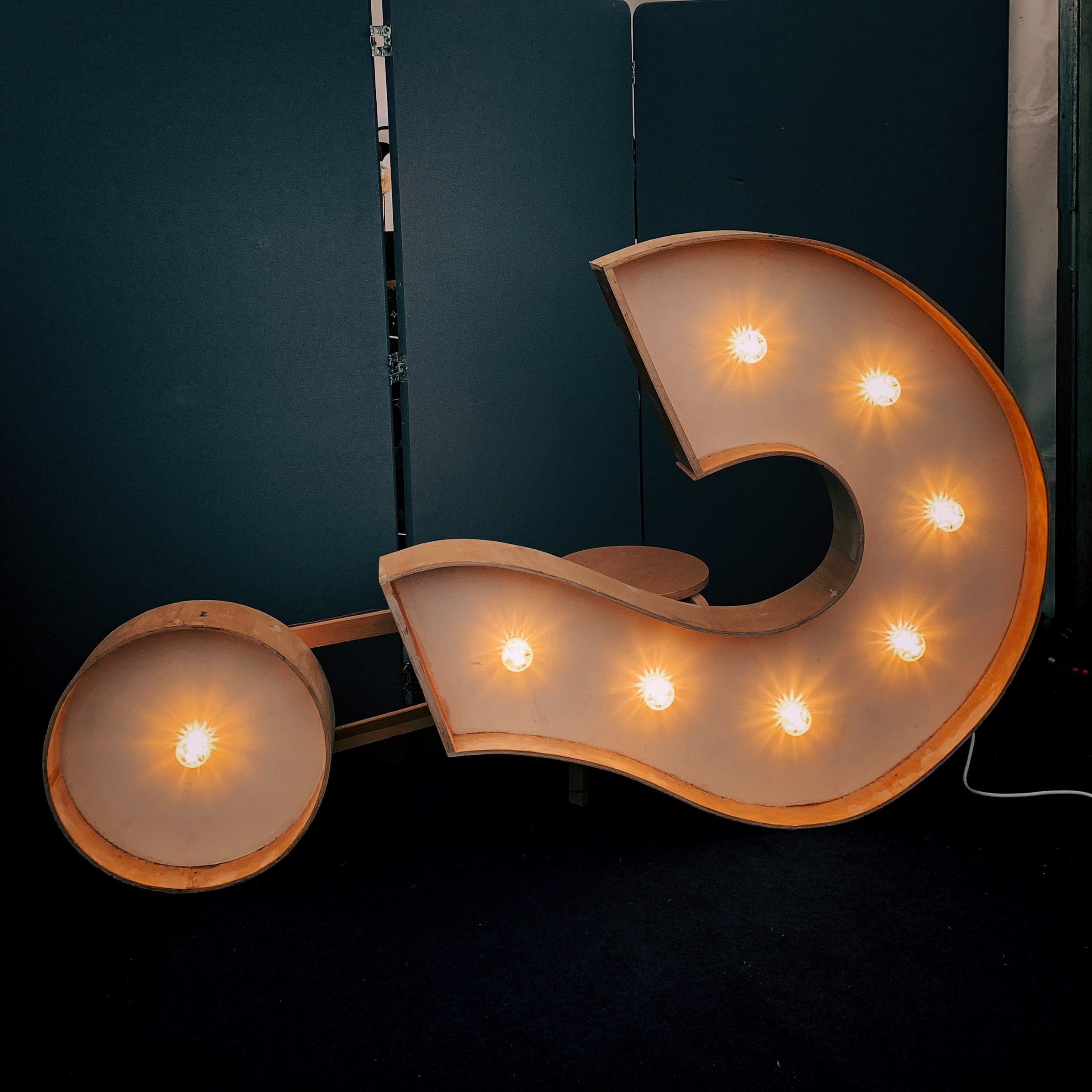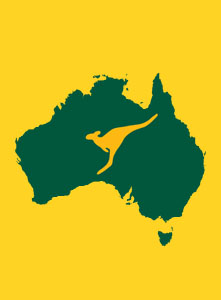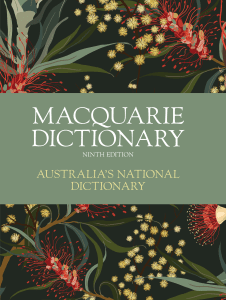It’s normally pretty clear whether to use that or which in a sentence. But there is one situation where you might find yourself wondering whether you’ve chosen correctly.
Consider the humble restrictive clause. It’s placed after a noun and serves to specify or identify it in an important way. In the following examples, the restrictive clause is underlined:
-
The students who sit behind me are absent.
-
The play that my friend wrote premieres tomorrow.
-
The woman I’m dating is an engineer.
Contrast restrictive clauses with descriptive clauses. These are also used after nouns, but only to give optional information about the noun, which has already been identified. They are usually set off with commas.
-
Alex and Bronwyn, who sit behind me, are absent.
-
The play Midnight, which my friend wrote, premieres tomorrow.
-
Cecily, who I’m dating, is an engineer.
As you can see, if the noun has been properly identified, a sequence of words that could have formed a restrictive clause may instead be used as a descriptive clause.
Restrictive (and descriptive) clauses often begin with a relative pronoun (such as that, which, who, whom or whose). In traditional grammar, it was thought that which shouldn’t be used to start restrictive clauses. So when you write a sentence like ‘The play which my friend wrote premieres tomorrow’ and feel a little shiver of uncertainty, you’re probably getting an icy stare from the ghosts of grammarians past. Their legacy lives on in some word processing software, where a cold blue squiggle might appear underneath each restrictive ‘which’.
However, these days it’s perfectly fine for you to use that and which interchangeably at the start of your restrictive clauses. Lots of people already do it and you’re not at any risk of being misunderstood. You can use the first one that pops into your head. Or the first one which pops into your head.




